
Billing is the heartbeat of any SaaS or Web3 business, and as subscription models evolve, so do the expectations for fairness and transparency. Proration has become a cornerstone for modern billing systems, especially when users upgrade, downgrade, or cancel services mid-cycle. But how does this work when your entire subscription stack runs on blockchain? Let’s demystify onchain proration and why it’s changing the game for decentralized recurring subscriptions.

Why Proration Matters for SaaS and Web3 Subscription Models
Imagine a customer who upgrades their plan halfway through the month. Should they pay the full price for both tiers? Of course not. Proration ensures they’re charged only for what they use, no more, no less. This level of billing precision is expected in traditional SaaS but becomes even more critical in blockchain subscription billing, where every transaction is public and immutable.
Onchain proration guarantees that every adjustment is fair and mathematically transparent. With smart contracts automating these calculations, there’s no room for ambiguity, users see exactly how charges or credits are determined based on their actual usage within a billing period.
The Mechanics of Onchain Proration: How It Actually Works
At its core, onchain proration boils down to three key elements:
Key Steps to Implement Onchain Proration
-

Design Proration-Aware Smart Contracts: Build smart contracts capable of detecting subscription changes (upgrades, downgrades, cancellations) and calculating prorated charges or credits based on elapsed time within the billing cycle.
-
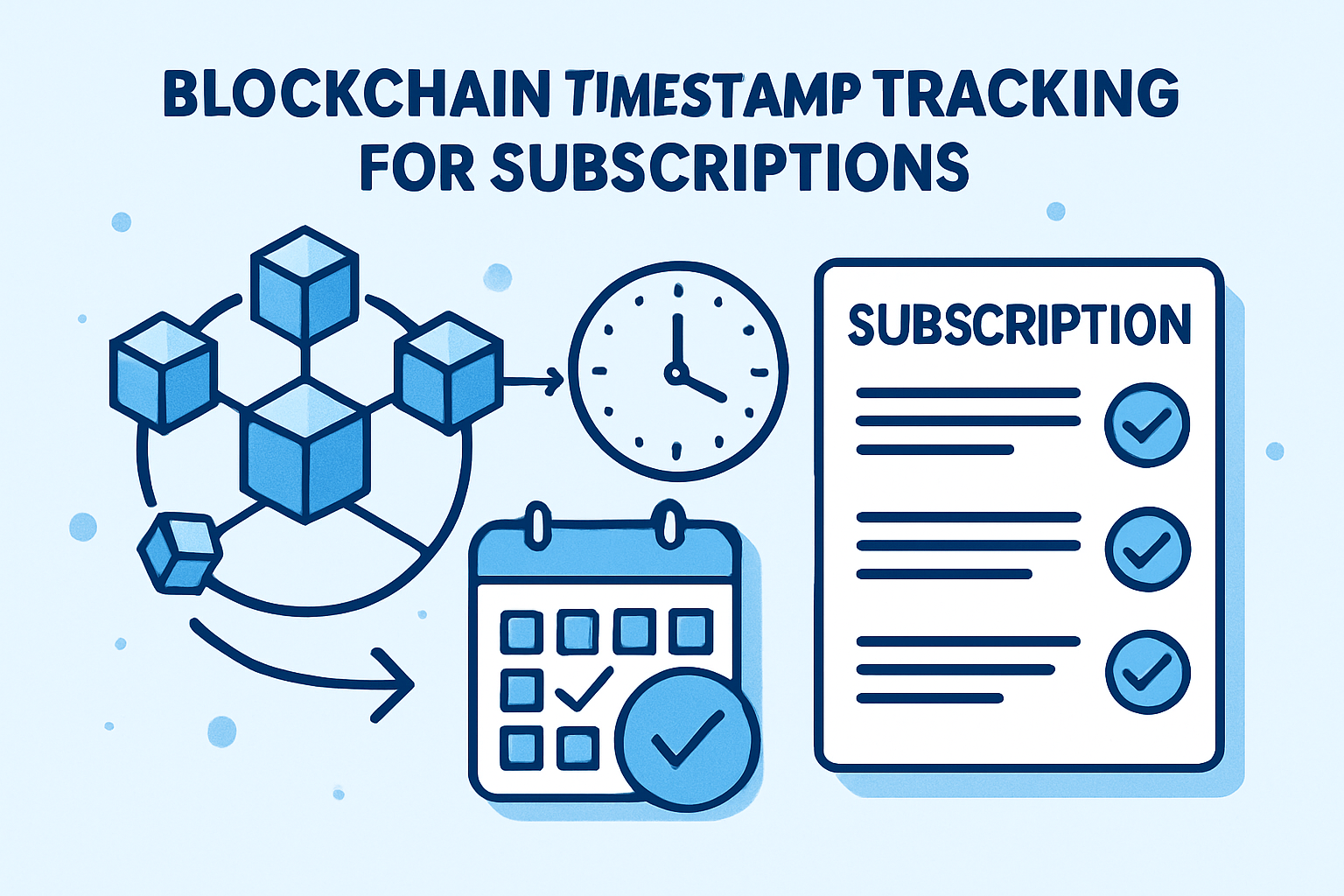
Implement Accurate Time Tracking: Use blockchain timestamps to record subscription changes and determine the precise period for proration by calculating the difference between change and billing dates.
-
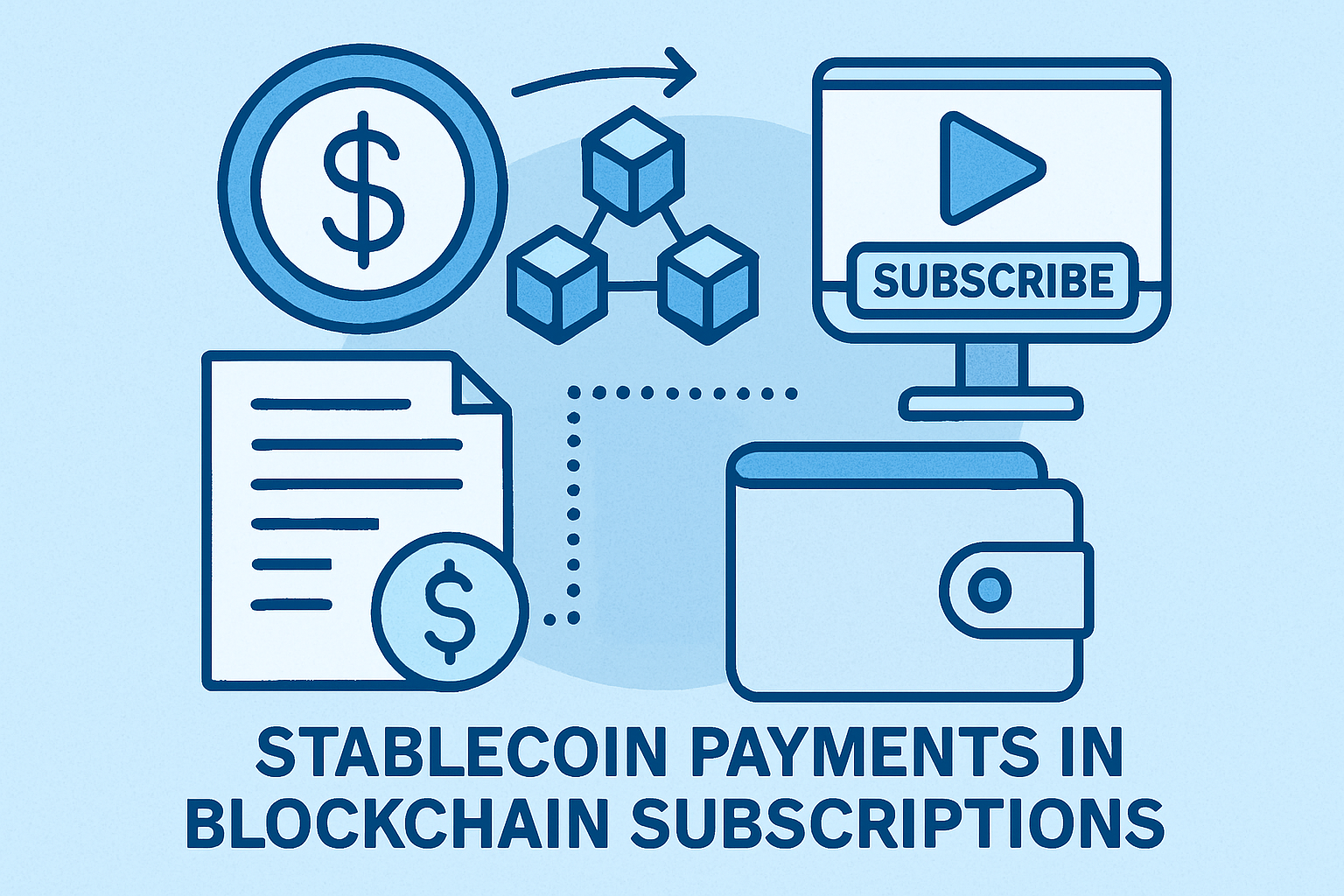
Integrate Stablecoin Payments: Accept stablecoins such as USDC or DAI to ensure predictable, stable pricing for recurring and prorated payments, reducing volatility risks for both users and providers.
-
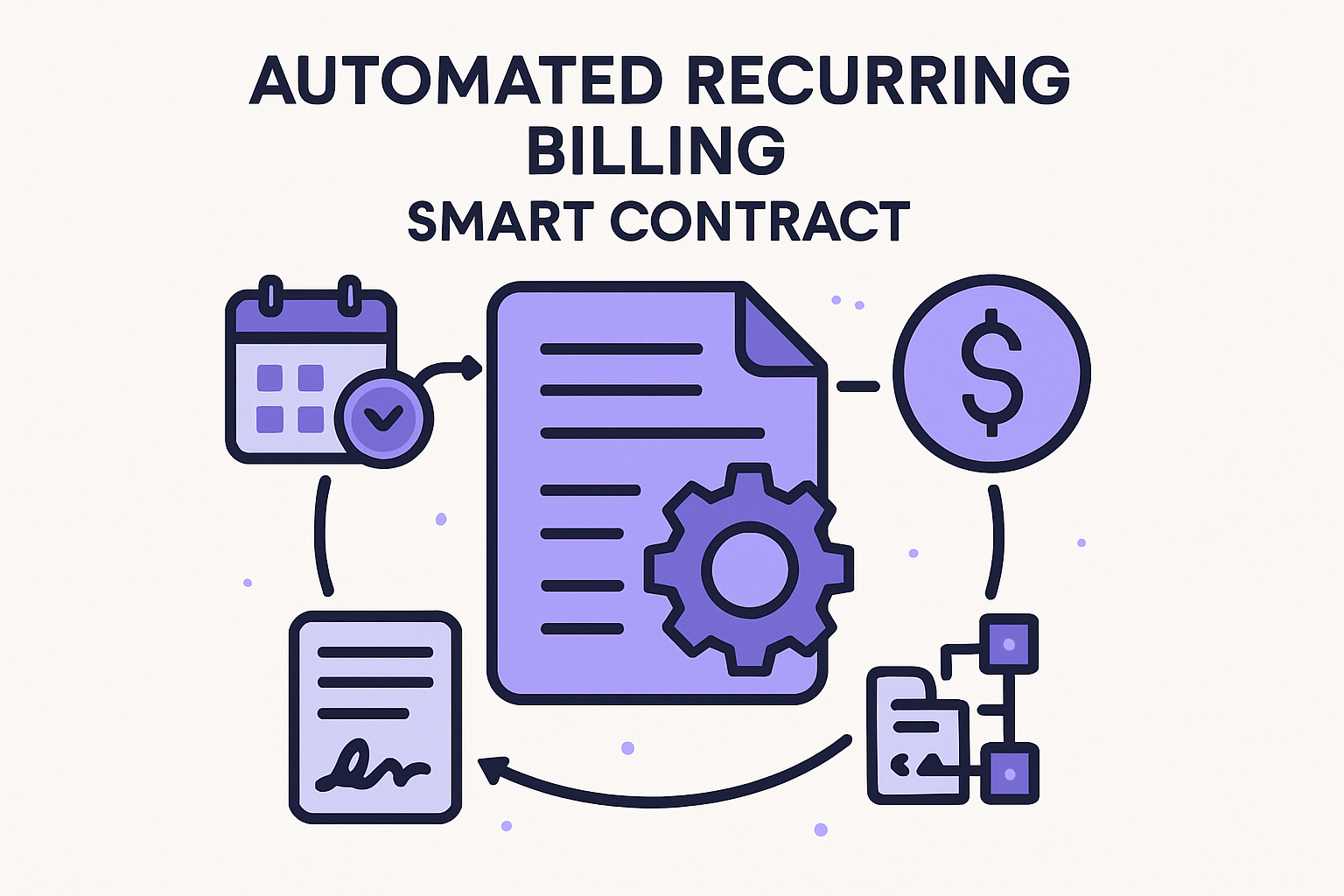
Automate Recurring Billing: Program the smart contract to automatically process recurring payments and apply proration adjustments, minimizing manual intervention and ensuring timely billing.
-
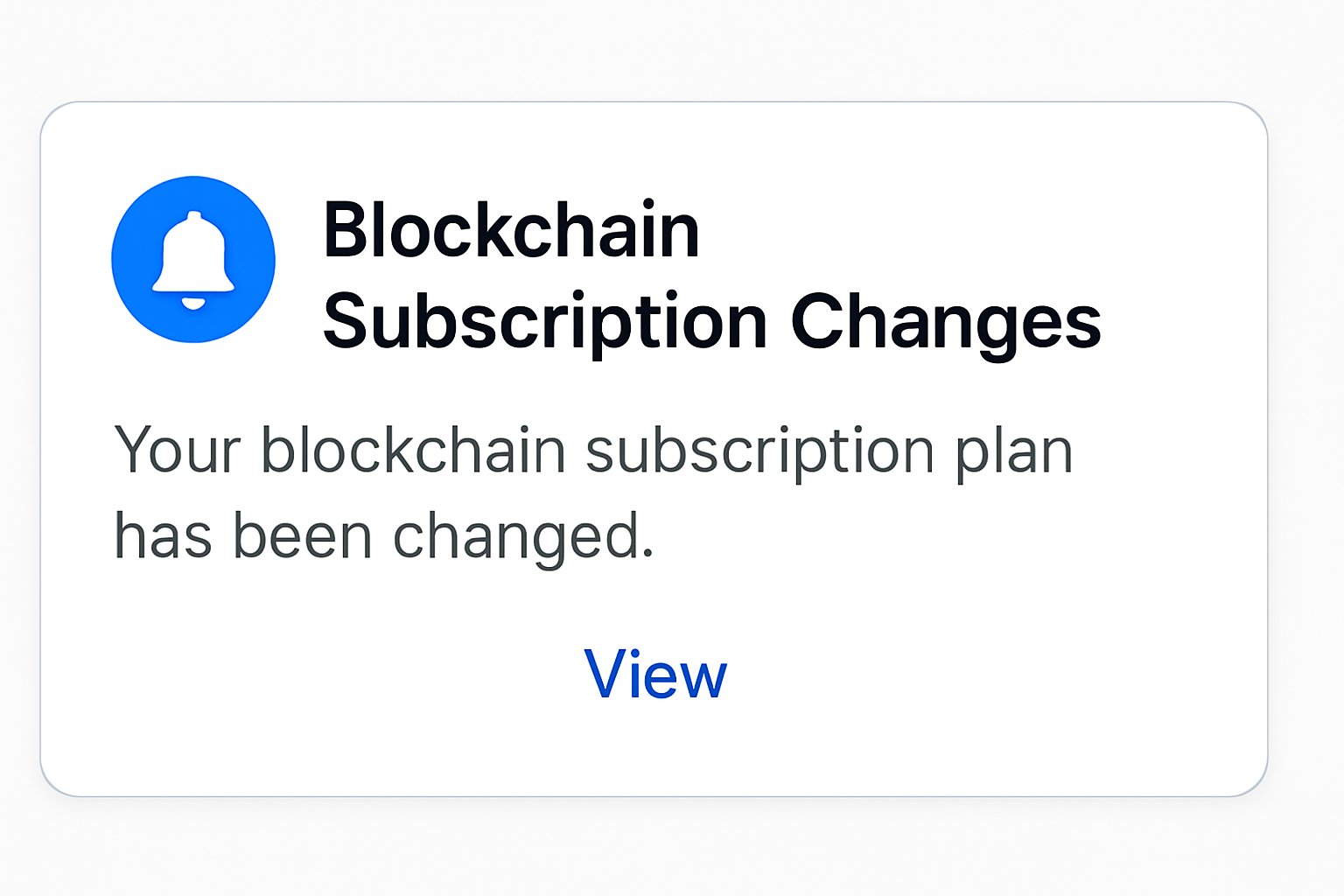
Enable Transparent User Notifications: Set up onchain or offchain mechanisms (such as event logs or email integrations) to inform users about subscription changes and proration adjustments, supporting clarity and trust.
1. Smart Contract Logic: Subscription smart contracts must detect plan changes (upgrades, downgrades, cancellations) in real time and trigger proration routines automatically.
2. Time Tracking: Timestamps are recorded at every change point. The contract calculates how much of the current billing cycle has elapsed versus what remains.
3. Accurate Calculations: The prorated amount is computed by multiplying the unused days (or seconds) by the new plan’s daily rate, or crediting back unused value if downgrading or canceling.
This isn’t just theoretical. Platforms like SubscribeOnChain.com have pioneered decentralized invoicing best practices that ensure each adjustment is reflected instantly and verifiably onchain (source). For businesses operating globally with crypto or stablecoin payments, this mechanism is indispensable.
The Role of Stablecoins and Automated Billing in Blockchain Subscription Platforms
If you’re running a SaaS or digital content platform on Web3 rails, pricing stability is non-negotiable. That’s why most blockchain subscription billing solutions now integrate stablecoins, cryptocurrencies pegged to assets like the US Dollar, to eliminate volatility risk (source). This means users always know exactly what they’ll pay each cycle, even as markets fluctuate wildly elsewhere.
The beauty of smart contract-driven automation is that recurring payments (including all prorated adjustments) happen seamlessly without manual intervention, and are visible to all parties at all times. This level of openness not only builds trust but also simplifies compliance when operating across borders.
But the journey to seamless onchain proration isn’t without its challenges. Gas fees, for instance, can spike when smart contracts execute frequent or complex billing logic. Efficient contract architecture and batch processing are essential to keep operational costs predictable and avoid eroding your margins. Savvy developers often implement logic that aggregates proration adjustments before settlement, minimizing costly onchain interactions.
Best Practices for Prorated Billing on Blockchain
To deliver a world-class user experience and maintain financial integrity, consider these actionable best practices for implementing onchain proration:
Best Practices for Onchain Proration in Subscription Billing
-
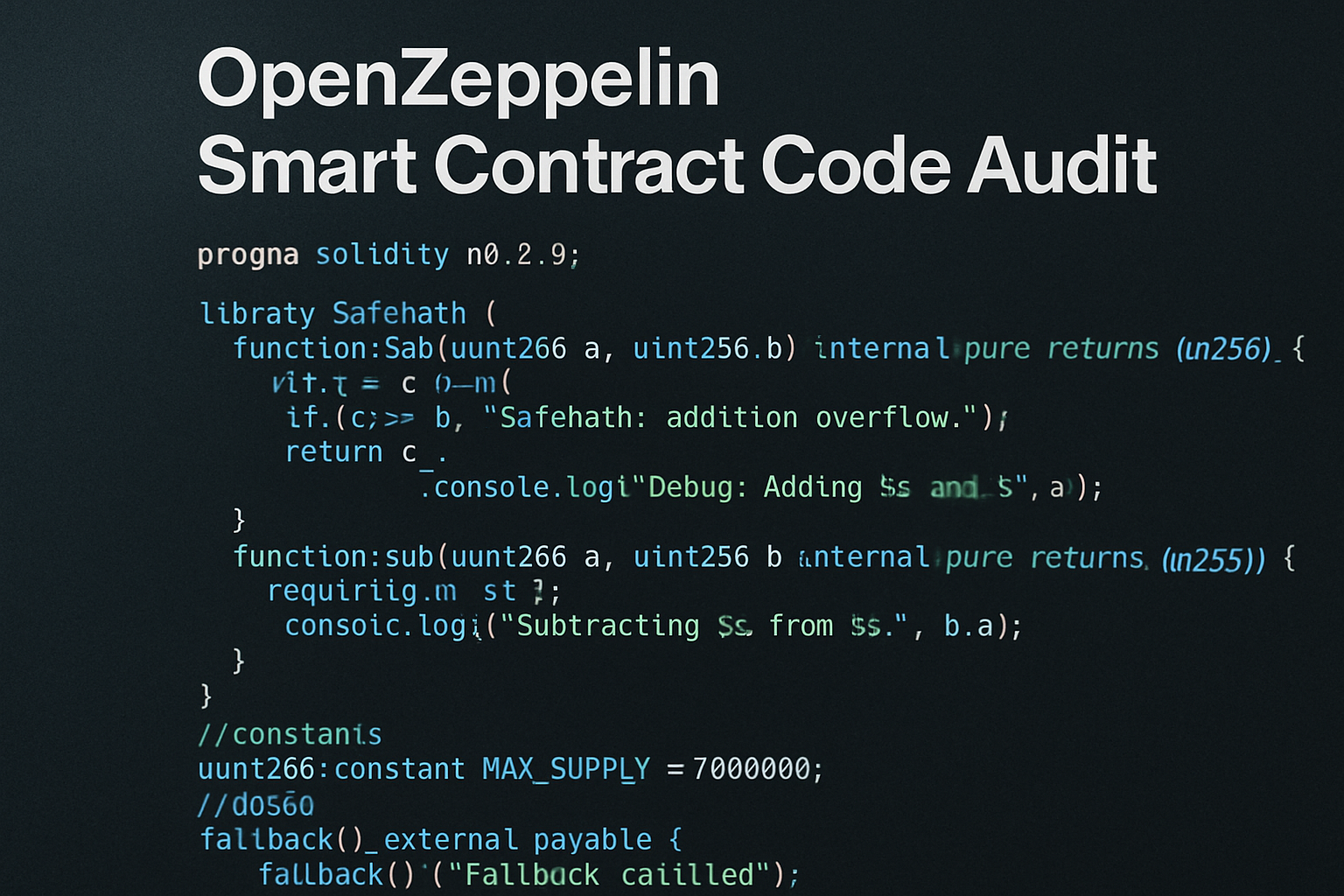
Design Robust and Auditable Smart Contracts: Ensure your smart contracts for subscription billing are well-audited and capable of handling proration logic. Use established frameworks like OpenZeppelin Contracts for secure, upgradeable contract patterns and leverage community-vetted libraries for time and math calculations.
-

Automate Billing and Proration Adjustments: Implement automated recurring billing and proration logic directly in your smart contracts. Platforms like Superfluid enable real-time, programmable money streams, making it easier to handle dynamic subscription changes and proration without manual intervention.
-

Optimize for Gas Efficiency: Write gas-efficient code to minimize transaction fees for users. Use batch processing, event-driven updates, and avoid unnecessary on-chain storage. Refer to best practices from OpenZeppelin and Ethereum developer documentation for optimization tips.
-

Provide Transparent User Notifications: Integrate onchain or offchain notification systems, such as Ethereum Push Notification Service (EPNS), to alert users about subscription changes, proration adjustments, and upcoming charges. Transparency builds trust and reduces disputes.
-

Ensure Regulatory Compliance and Data Privacy: Stay updated with evolving regulations in your target markets. Use established compliance tools and consult resources like Chainalysis for transaction monitoring and regulatory guidance.
1. Prioritize Security in Smart Contract Design: Even minor arithmetic errors can lead to significant losses, as seen in past high-profile contract failures. Rigorously test all proration logic and leverage established libraries for time and math operations.
2. Transparent Invoicing: Provide users with detailed breakdowns of how prorated charges or credits are calculated. Decentralized invoicing tools, such as those highlighted by SubscribeOnChain.com, keep all parties informed and reduce billing disputes.
3. Real-Time User Notifications: Integrate event triggers that alert users when proration occurs, whether via wallet notifications or off-chain integrations. Transparency isn’t just a feature, it’s a competitive advantage.
4. Regulatory Awareness: Stay updated on evolving compliance requirements for crypto billing in your operating jurisdictions. Automated, auditable records make reporting easier, but legal nuances can vary widely.
Web3 Proration in Action: A Developer’s Perspective
Let’s illustrate with a practical scenario. Suppose a user upgrades from a $20 monthly plan to a $50 plan halfway through the cycle. The smart contract records the timestamp, calculates the unused portion of the original plan, and applies a credit. It then charges the user for the remaining days at the new rate, all in real time, with stablecoins ensuring price certainty.
Here’s how it comes together in code:
Solidity Example: Prorated Charge Calculation for Subscription Upgrades
When a user upgrades their subscription plan before the current period ends, it’s important to only charge them for the difference in value between the old and new plans for the remaining time. The Solidity code below demonstrates a simple approach to prorate charges onchain when a user upgrades their subscription:
// SPDX-License-Identifier: MIT
pragma solidity ^0.8.0;
contract SubscriptionProration {
struct Subscription {
uint256 startTime;
uint256 endTime;
uint256 planPricePerSecond;
uint256 lastUpgradeTime;
}
mapping(address => Subscription) public subscriptions;
// Example: User upgrades to a new plan mid-cycle
function calculateProratedCharge(
address user,
uint256 newPlanPricePerSecond,
uint256 currentTime
) public view returns (uint256) {
Subscription memory sub = subscriptions[user];
require(currentTime >= sub.lastUpgradeTime, "Invalid time");
require(currentTime <= sub.endTime, "Subscription expired");
// Time left in the current period
uint256 timeLeft = sub.endTime - currentTime;
// Calculate unused value from old plan
uint256 unusedValue = timeLeft * sub.planPricePerSecond;
// Calculate cost of new plan for remaining period
uint256 newPlanCost = timeLeft * newPlanPricePerSecond;
// Prorated charge is the difference
if(newPlanCost > unusedValue){
return newPlanCost - unusedValue;
} else {
return 0; // No charge if new plan is cheaper
}
}
}This function calculates the prorated charge by determining the unused value of the current plan, the cost of the new plan for the remaining period, and then charging the user only for the difference. If the new plan is cheaper, no extra charge is applied. This logic ensures fairness and transparency in onchain subscription billing.
For developers, this means less time spent on manual adjustments and more time building features that matter to users. For businesses, it’s about delivering fairness at scale, no hidden fees, no surprises.
The Future of Subscription Billing Is Transparent and Onchain
As SaaS and Web3 projects race to capture global audiences, onchain proration is emerging as a non-negotiable feature for modern subscription platforms. It’s not just about technical elegance; it’s about aligning incentives and expectations between providers and users, all while leveraging blockchain’s core strengths: transparency, automation, and trustlessness.
Whether you’re building your own smart contracts or leveraging platforms like SubscribeOnChain.com, mastering onchain proration is your ticket to future-proof billing that scales as fast as your ambitions.







